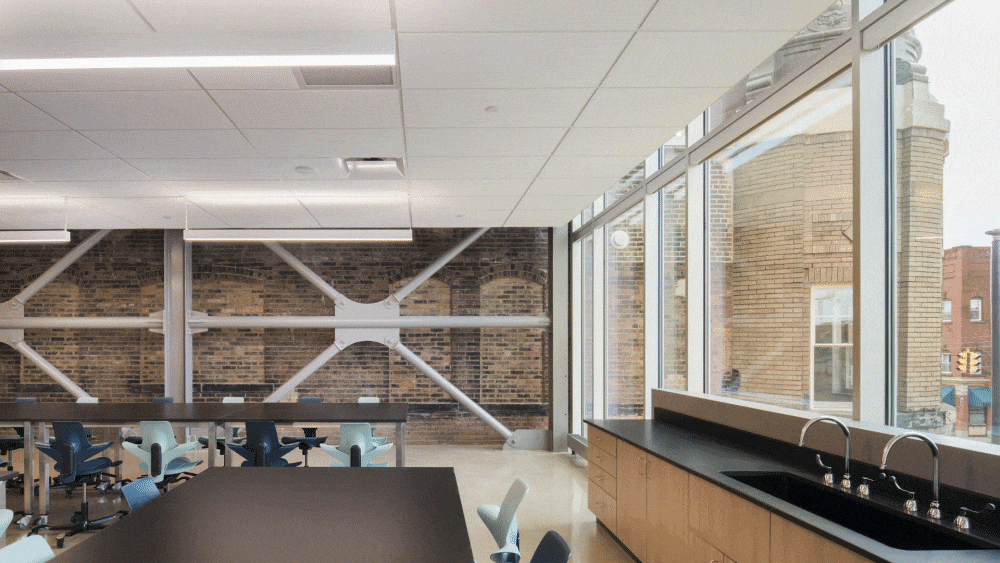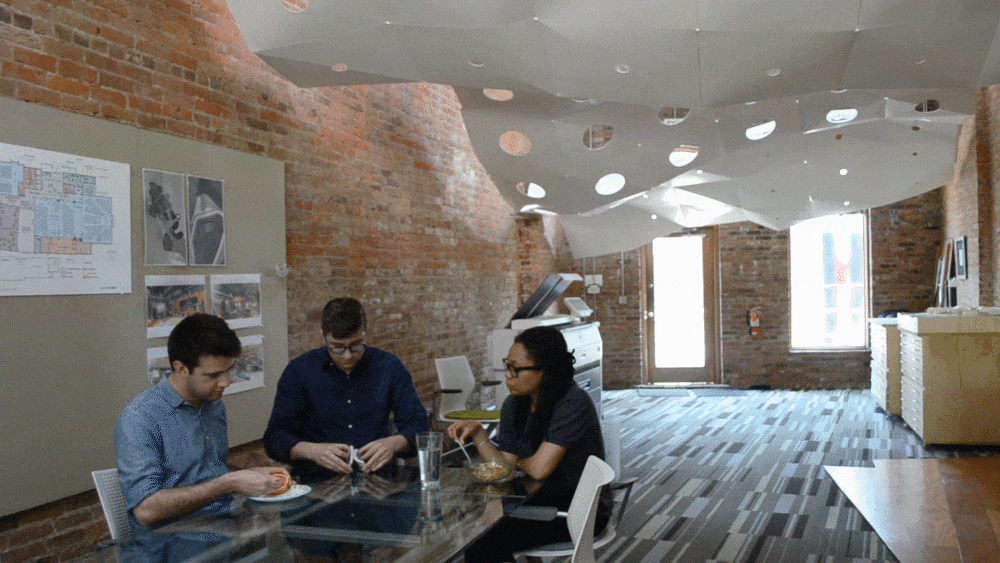

Extra Extra won’t focus on memes but try to illustrate problems through them. To that end, the looser conditions of a column allow for visible cracks in my positions. Unanswered questions are welcomed. Criticisms formed on a mimetic hunch can be built up. Nothing here is too polished, neither is it expected to be.
As architecture culture breaks into architecture cultures, let's explore the fissures. Tomorrow, we begin together the construction of a constituency.
I am sick to death of architects bemoaning the contemporary attention span. The struggle for the worker to find free time is widely considered a universal difficulty inherent in life in contemporary late capitalism. Consider the single mother preparing a quick dinner after working a double shift. Depressing, sure, but for architects — a profession with a standard salary almost double the average American head of household — to expect more attention from that public, to have a beef with this at all, is suspect.
My colleagues point to capitalism and labor itself as an umbrella issue: a disenchantment of the entire work of architecture based on buildings, i.e. the product, being estranged from the worker. I wouldn’t disagree with the possibility of that diagnosis, but regarding the attention span itself we must consider that contemporary life is also simply filled with better things to do than to look at renderings, even for architects. Additionally, this issue has less to do with architectural labor and more to do with misplaced expectations on the architectural image.
A path forward I hear about often is a rally to the deadpan image. This strategy allows for both a quick and slow reading into an architectural project. While the rest of the world’s disciplines — fashion, film, and advertising, for example — garner the attention of the public, here we are preverbially using pencil and paper to render. And while a great deal of the public is interested in beautiful illustration, drawing or collaging in this way is an appeal to conservative, or at least fundamentally regressive ideologies. In essence, this act is in stark opposition to the very core intention of architecture itself — envisioning a better possible future. Last post I discussed culture as downstream from politics, but this is an example of an unintentional return to the past.
While the rest of the world’s disciplines — fashion, film, and advertising, for example — garner the attention of the public, here we are preverbially using pencil and paper to render.
Years ago I predicted a hipster architecture firm would emerge — likely somewhere in Cincinnati, Ohio — which would have a glass storefront featuring architects drawing projects by hand. The office would only hand draft projects in order to, you know, do it the old fashioned way because they don’t build ‘em like they used to. I’ve picture the logo as a trope of the bespoke movement — some cartoon of criss-crossed architectural tools, a compass and t-square for example. To be honest, I am still surprised it hasn’t happened yet. In some strange loop, this return to local craft is closely tied to a veiled conservatism, reinforcing a fundamentally regressive view about what architecture is regardless of how you dress it. Any representation of a building ending up as a still image must be considered a tragic end to a vibrant life — like seeing a billboard for a new film after you’ve seen the trailer.
My gripe here is a simple one — whereas a physical model is a design technology to speed up the process of understanding the whole building, a GIF would serve as a simple technology to achieve a faster representation of spatial effects.

A cinemagraph is a mix of still image and video to confuse the eye. But it can also be considered a type of Kansas City Shuffle — wherein a con is built on an intentional misdirection. Architecture as cinemagraph makes one suspicious of a deception hidden by movement, but really the deception is hiding in the space surrounding the movement. At its best, confusion leads to curiosity. Did the faucet just move? The eye wants to confirm. Are there other movements that I didn’t notice? As the eye takes the time to confirm the movement, one glances around the image and becomes filled with a new excitement for comprehension.
A great image is instantly striking, yet affords further discovery upon examination. To borrow a useful phrase from Object Oriented Ontology, for something to have this quality means it is not totalizable. Totalizable describes something that can be fully known. Diagrams are a great example of attempts to be totalizable. All information is displayed, present, and clear. The image is totally legible (useful when the goal of an image is to convey information!). However, an architectural image must also convey atmosphere and design intention. When an image is not totalizable, we are invited to uncover its contents.

So, yes, people may have better things to do than look at architectural images. Their time is precious. Instead of belittling their scheduling abilities, lifestyle choices, or cultural interests, can’t we help them by getting to the point.

Ryan Scavnicky is the founder of Extra Office. The practice investigates architecture’s relationship to contemporary culture, aesthetics, and media to seek new agencies for critical practice. He studied at L'Ecole Speciale d'Architecture in Paris and DAAP in Cincinnati for his Masters of ...
1 Comment
A lot to unpack here. Let’s look at it in a physical sense. An image is a 2-D representation of a 4-D space. The viewer can extrapolate an experience from that que. The richness of the experience the viewer extrapolates is dependent on their imagination. Like a book, they need to do some work. In a time of instant gratification, this seems unlikely for most. It seems yesteryears generation was more equipped to read an image and extrapolate atmosphere, drama, etc. VR may be the way forward, but as in life, the architecture should remain the set not the subject. People are drawn to cinema because of the atmosphere and drama not the set. The set is a means to an end.
Block this user
Are you sure you want to block this user and hide all related comments throughout the site?
Archinect
This is your first comment on Archinect. Your comment will be visible once approved.